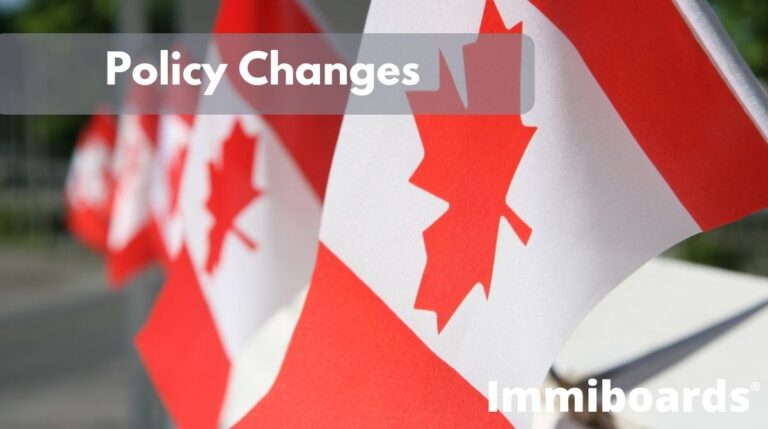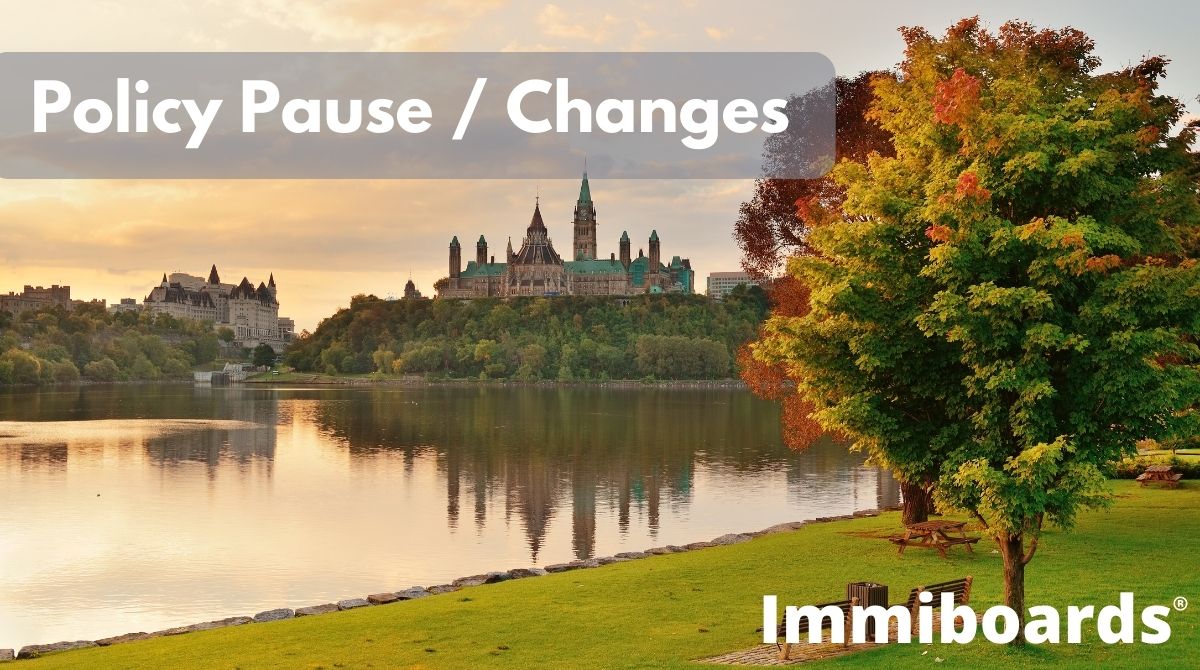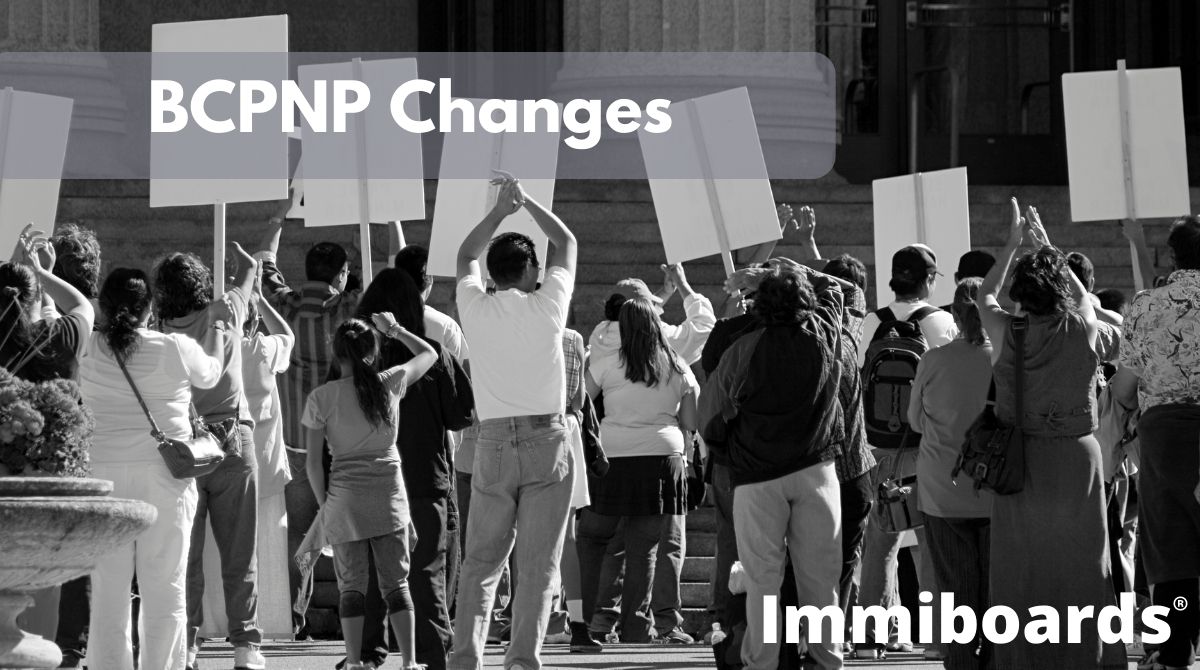In a year marked by pivotal shifts in immigration policy, Canada finds itself at a crossroads. The balance—or imbalance—between temporary and permanent residents has sparked a national conversation, underscored by a stark contrast: 2.6 million temporary residents vie for a mere 281,135 permanent residency (PR) slots available this year.
The Challenge of Managing Expectations
The Immigration, Refugees and Citizenship Canada (IRCC) has imposed rigorous restrictions on international student applications, setting a cap on both acceptance and approval rates. For 2024, the goal is to welcome approximately 340,000 international students. However, with an acceptance ceiling of 606,250 applications for processing, the student visa refusal rate is projected to hover between 40% and 50%.
A significant development is the introduction of the Provincial Attestation Letter (PAL), a move that signals a potential tightening in student visa approvals. This decision reflects a broader strategy to manage the influx of temporary residents, ensuring that the intake aligns with Canada’s socio-economic goals and capacities.
Policy Overhauls: A Tighter Leash on Approvals
The Canadian government, under the stewardship of the Honourable Marc Miller, Minister of Immigration, Refugees and Citizenship, announced sweeping changes to immigration policies. The aim is to not only reduce approval rates but also to tackle the burgeoning issues related to visit visas.
Additionally, adjustments to the Labour Market Impact Assessment (LMIA) requirements and caps for low-wage positions have been tabled. During the pandemic, the expiry date for LMIAs was extended from 6 months to 18 months, providing a temporary reprieve. This period was subsequently adjusted to 12 months and is slated to revert to the original 6 months starting May 1, 2024. This rollback indicates a recalibration towards pre-pandemic norms, perhaps in response to evolving labor market demands and the imperative to boost domestic employment.
Addressing the Housing Crisis through Permanent Residency
A noteworthy aspect of Canada’s immigration discourse centers on the housing crisis. Encouraging permanent residency for those already within Canada’s borders is emerging as a viable solution. By facilitating the transition from temporary to permanent status, the government hopes to alleviate some of the pressure on housing, integrating residents more deeply into the fabric of Canadian society and economy.
The Road Ahead: Balancing Aspirations with Realities
As Canada navigates these policy changes, the question looms: will the Canadian Experience Class (CEC) draws make a return? The landscape is evolving, with a clear message from the government that managing the flow and status of immigrants is paramount. The cap on temporary residents serves as a tool to fine-tune this balance, ensuring that Canada’s immigration policies serve both the nation’s interests and those of its aspiring newcomers.
The year ahead promises to be a defining period for Canadian immigration policy. As policymakers tread the fine line between inclusivity and sustainability, the global community watches closely. The outcomes of these policy shifts will not only shape Canada’s demographic landscape but also its economic and social future.
References
- [1] https://www.welcomebc.ca/Immigrate-to-B-C/News






